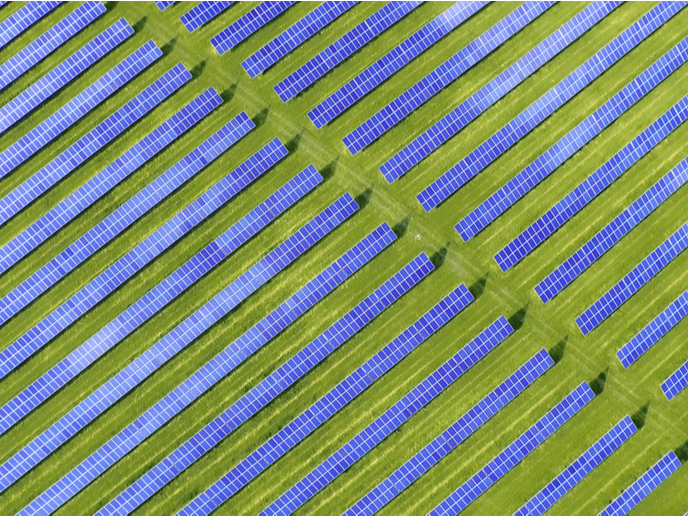Catching up with Crystal Tandem Solar: A truly transatlantic effort to develop super-efficient, cheaper and more flexible perovskite solar cells
In Crystal Tandem Solar (Single-Crystal Perovskite Tandem Solar Cells For High Efficiency and Low Cost), Eperon was deeply engaged in pushing the limits of perovskite technology. A breakthrough early in the project allowed him to focus entirely on perovskite as they realised that two layers of perovskite could be extremely efficient. The project led him to the United States, where he began working for the www.nrel.gov (United States National Renewable Energy Laboratory) (NREL) in Colorado, as well as co-founding the start-up, Swift Solar, based in the San Francisco Bay Area.
From Europe to America
… and he is still based in the United States we discover at the beginning of our catch-up interview. “Indeed, I’m still working for Swift and we continue to have a small team based in NREL, though most of us are now in California,” he begins. “Before the move though, we were based entirely in NREL for a time as they allow start-ups access to their facilities and expertise, which was invaluable for getting Swift up and running.” Eperon and his team also had privileged access to larger-scale equipment at NREL which otherwise would not have been possible. When asked directly about the ongoing developments regarding their innovative perovskite technology, Eperon is admittedly a bit coy. “It’s going well – we’ve built our own lab [in California] that has been up and running for around a year and a half and we’re currently planning the next stage of scaling up,” he says. “Alas, I can’t disclose details yet, but we have some exciting industrial collaborations and interested parties that are prototyping our demo products. In short, things are moving quickly at the moment and I’m sure they’ll look very different in a year or so!”
The importance of EU funding
When reflecting on his journey that ultimately led him to Colorado, Eperon is adamant that his EU funding was critical. “It enabled me to start doing research in the US, and that really allowed me to develop the strong links with not only the US academic community but moreover, the founders of Swift and collaborators at NREL. Swift really grew out of a collaboration we had during my funded project.” We end our interview on a more thoughtful note. “I think providing funding for talented researchers to move to other countries really opens the way for the cross-pollination of ideas, community links and collaborations. It certainly felt that way for me!”
Keywords
Crystal Tandem Solar, perovskite solar cells, Swift Solar, NREL



